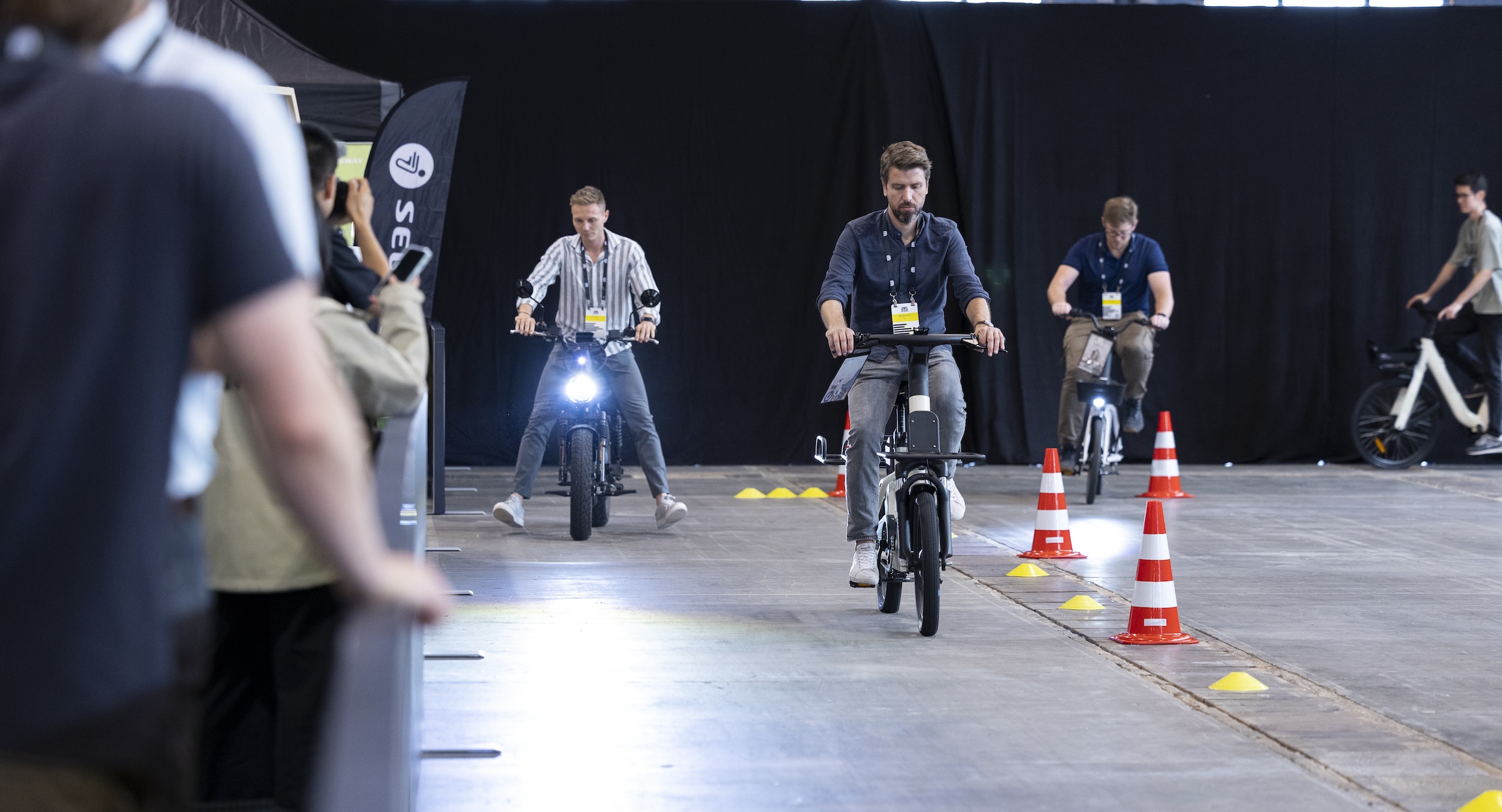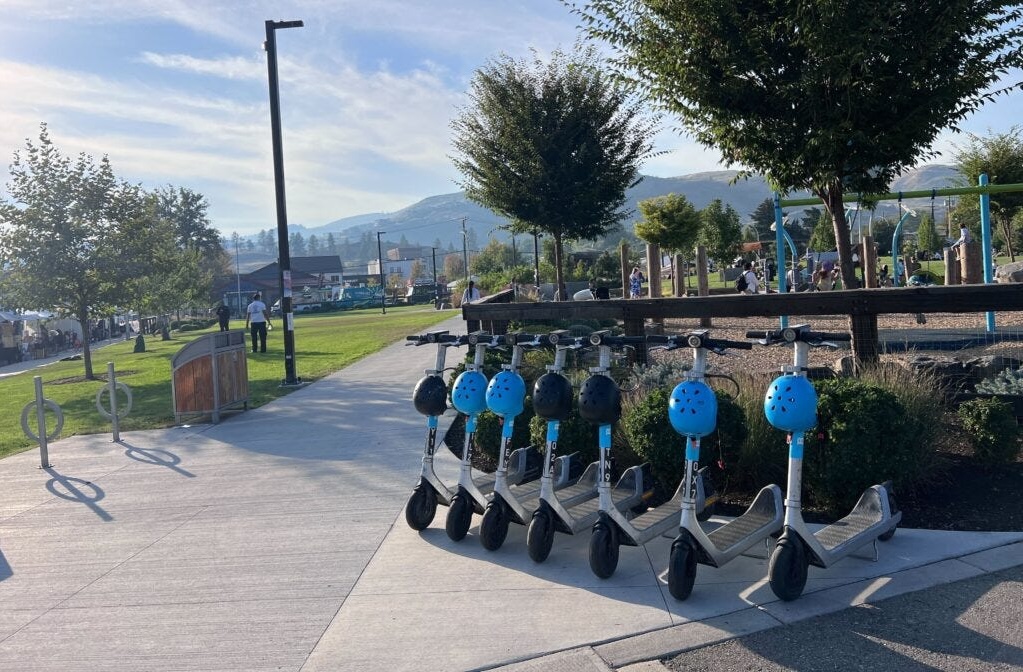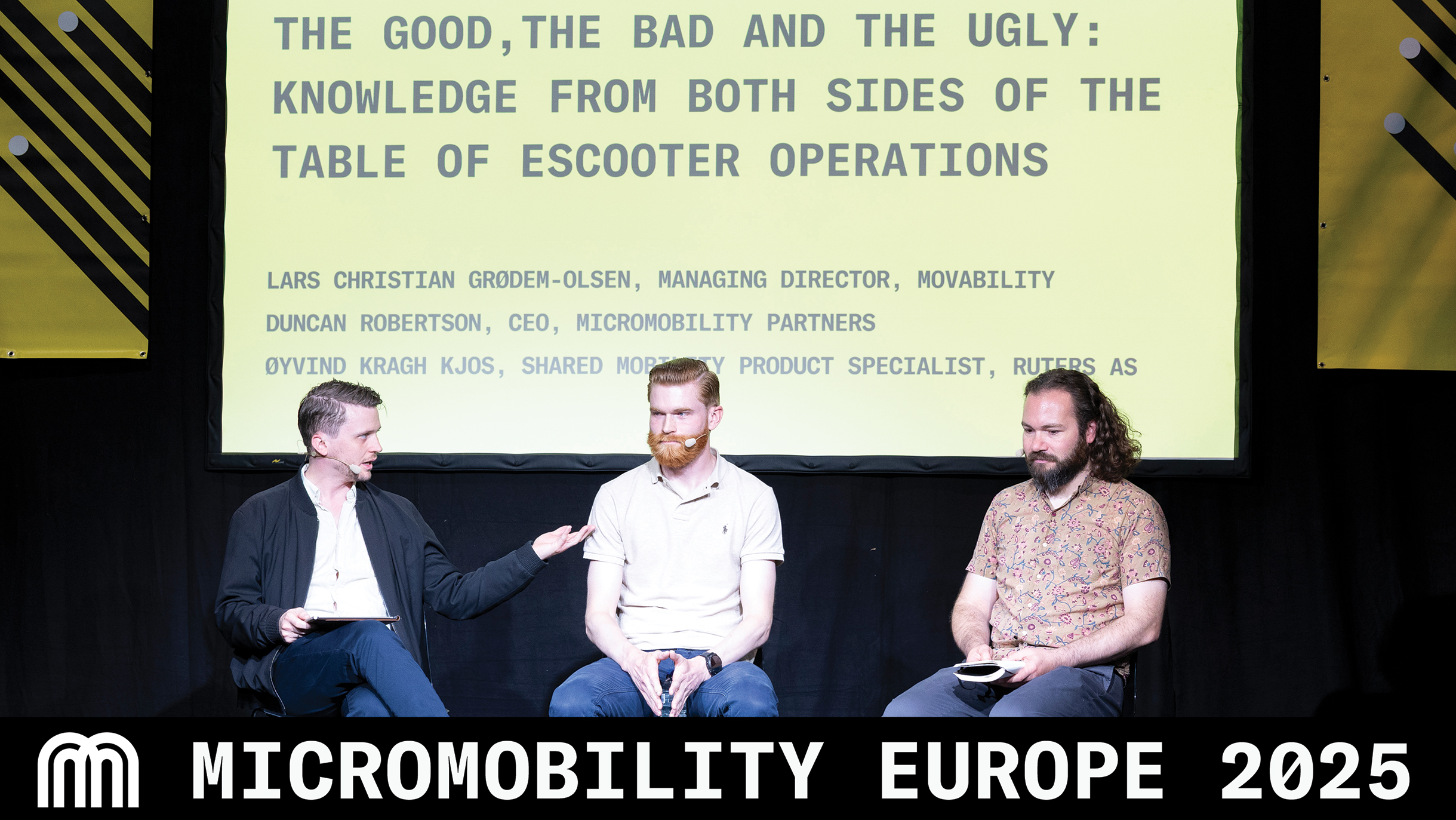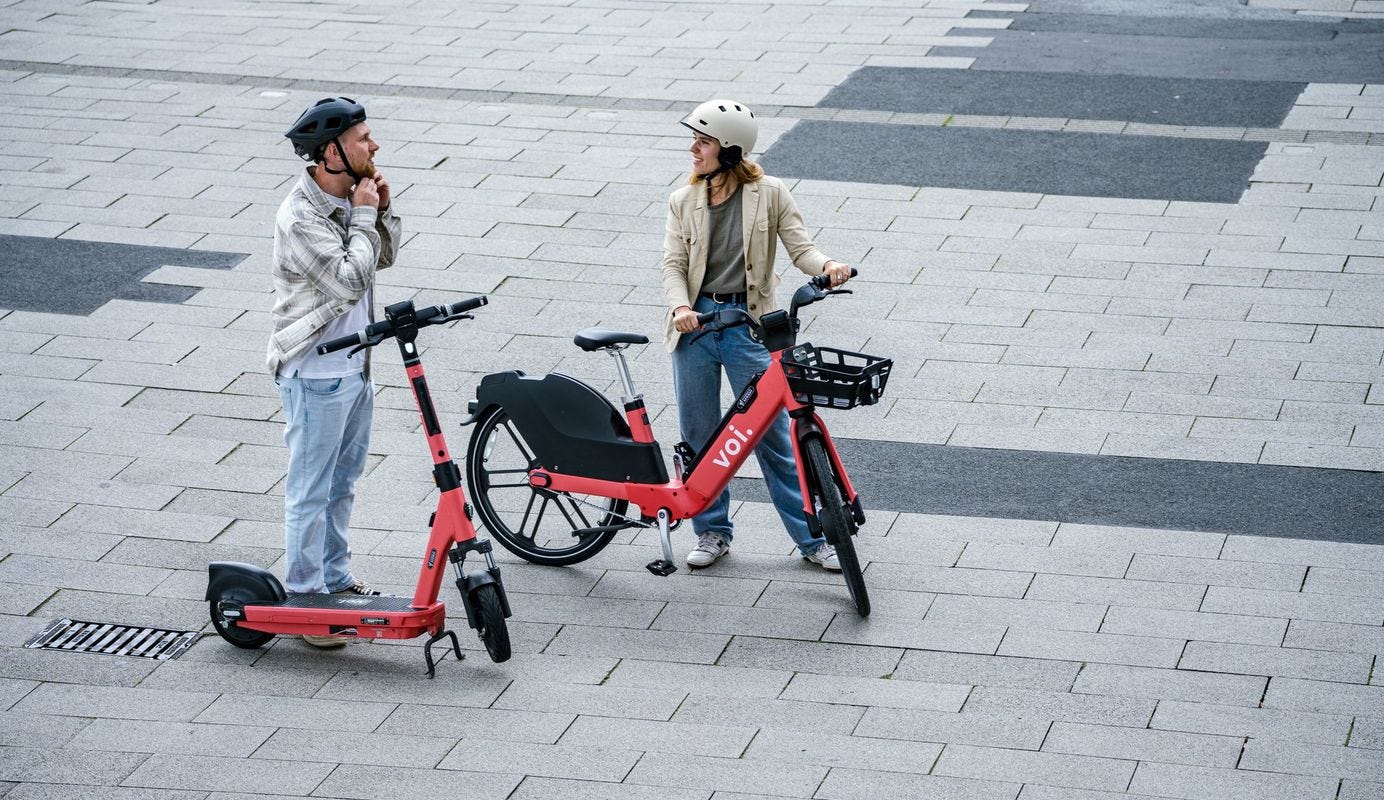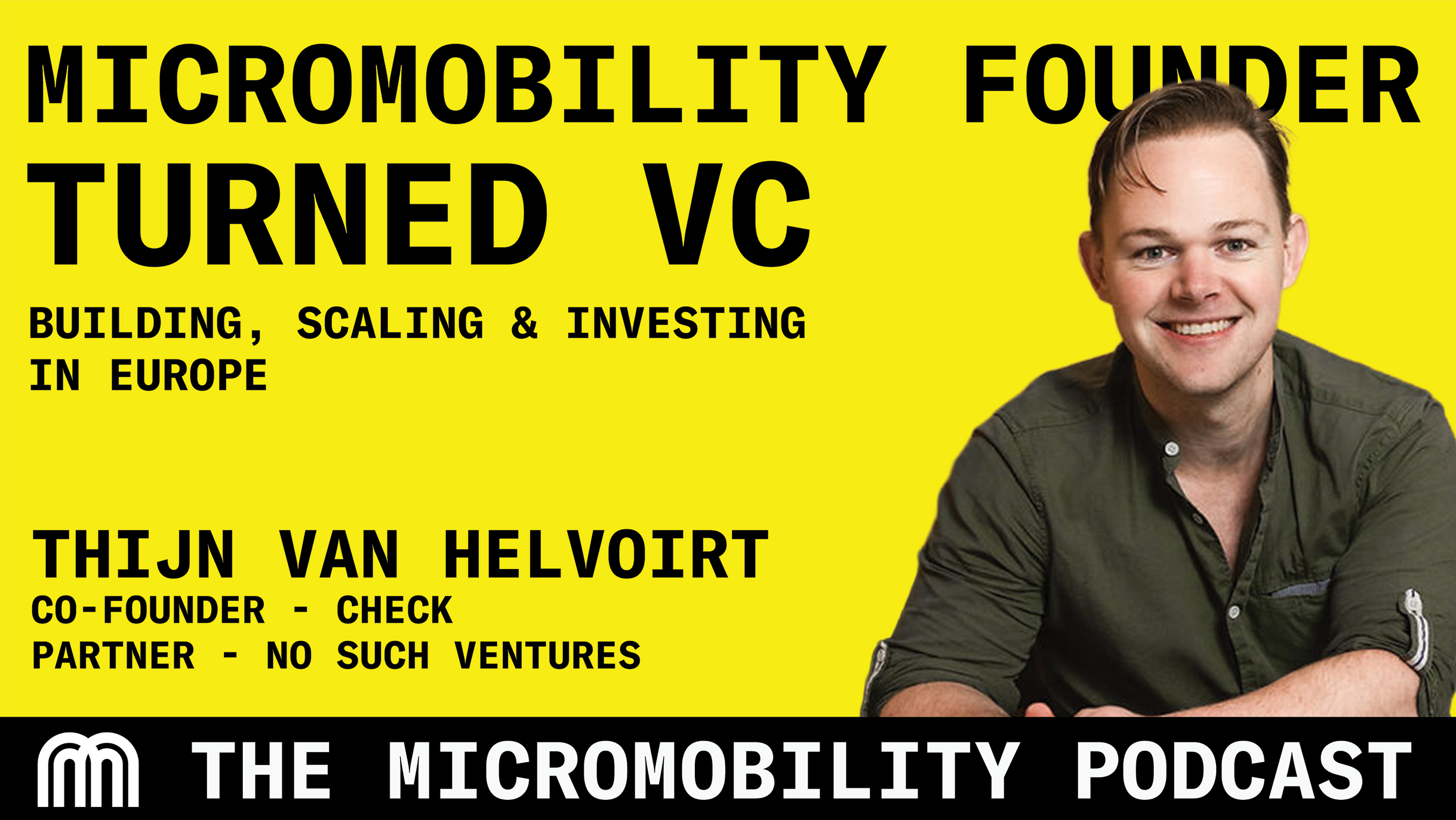The very idea of Paris is pure romance. I don’t mean like in the “falling in love” trope, although that does regularly happen. I mean in the notion of Romance as defined in the 18th and 19th centuries by poets like Shelley and Wordsworth. This Romanticism is an emphasis on emotion rather rationality. Paris is gentility, art, emotion. It is beauty before utility. It is a rejection of efficiency in favor of artistry. It has no factories or harbors like London or modernity like New York. It is not classical like Rome. It is, at least in Île de la Cité, medieval (think Notre Dame.)
Rather than utility, what Paris has in abundance is style. A style all of its own. When people, especially non-French people, admire Paris it is because of this unique charm. A certain sense of aesthetic consistency prevails and it feels dream-like to be there. It has what those in business would call Brand Value. This brand lets Paris punch above its weight in soft power. The brand is so strong that some visitors suffer Paris Syndrome, a disabling shock when they see that it’s not quite as they had dreamed it to be.
What most people don’t know however is that Paris, as we see it today, is a product of a deliberate plan devised in the late 19th century. It was as much a singular design as Central Park was in New York City. It is not the way it is purely by accident. It is, in other words, mostly artificial. We may think Paris is now as it has always been but Paris as we see it today is quite new. It is a snapshot of a moment in time.
The design of Paris was the brainchild of Georges-Eugène Haussmann, who between 1853 and 1870, and at the commission of Emperor Napoleon III, demolished huge parts of medieval beehive buildings, built wide avenues, parks and squares, and annexed suburbs into a new urban plan. Work continued as late as 1927.
Before the renovation, the city was overcrowded, filled with disease, crime, and unrest. The famous Champs-Élysées was a slum where cholera was rampant and uprisings and riots sparked political crises. Wagons, carriages, and carts could barely move through the congested streets.
The sensibility of the age required aesthetic consideration. One thing to note is there are no tall buildings in Paris and all the buildings seem to be the same height. This is strictly in deference to visual harmony. Paris must look good, accentuating the Eiffel Tower and the church spires and the Arc de Triomphe.
At the heart of the plan was the layout of boulevards and streets. When we see Paris and its landmarks we see architecture and buildings. Buildings are what we look at but what Haussmann focused on was where we stand to see them best. It was architecture applied to the whole city.
Through this period Paris doubled in area and quadrupled in population, but the Paris that emerged was still a walkable city. You can walk from the center to the periphery in 1 to 1.5 hr. depending on direction. North/South it is basically Marchetti’s constant in radius. This is no accident. This is because the city’s renovation happened before the automobile, the bus, or the subway. Part of the design was accessibility. The city boundary itself was considered part of the plan.
20th-century technologies like the Métro (in 1900) and the automobile—an innovation which France had much to do with— were layered onto the Haussmann streets without too much adjustment. They were tolerable only because the streets were over-engineered to accommodate a multitude of carts. The cars, however, kept multiplying.
The car co-opted all available space while excreting pollution: visual, aural, and bronchial.
Much of the original design of Paris was damaged by automobility. Consequently the Romance began to disappear under a cloud of smoke and the cacophony of motors. Miserable utility began to overtake beauty, gentility, and style. Along with the romance, the brand value of Paris was eroding. That made Parisians, and the world as a whole, poorer.
The devaluation of Paris began to be reversed under the current mayor, Anne Hidalgo. I’m sure you’ve heard much about her initiatives but have they really changed the city?
I have been to Paris a number of times but last week was my first trip after Covid and I was floored by how much it has changed. It really feels like the car is being edged out and that its time has passed. Here are the practical differences:
1. Parking. A lot of parking has been eliminated. Street parking was restricted before but now parking enforcement has been privatized and the chances are near 100% that if you violate the rules you get a ticket. Before, it was more like 50%. This makes it much more economical to just find an underground parking garage and leave the car there, out of sight.
2. Bike lanes are everywhere. Not of the same quality as Amsterdam, but they are there. There are streets that are entirely car-free. Parisians have taken to them with enthusiasm. As a result Paris has become a city of micromobilité.
3. Vehicle diversity is off the scale. I saw, in the span of one hour, almost every form factor of micromobilité. People are riding everything everywhere. There is no point listing what I saw because it was everything. Shared, owned, one, two, three, four and six wheels with trailers.
4. Cargo is micromobilité. Not just cargo bikes but self-powered cargo trailers pulled or rather guided by ebikes. This photo is a delivery right in front of a major department store.

5. Details. There is not only infrastructure but tools to help users. This is a stand for bike repair with attached tools, pump, and mount point/lift.

Mayor Anne Hidalgo has also reduced (car) speed limits, enforced restricted emissions area for cars (through a sticker scheme), and now installed speed cameras and noise detectors which fine offenders automatically.
All these measures have put Paris at the forefront of city design innovation once again. But don’t confuse innovation here just with utility. Those of the Anglo-Saxon tradition might confuse this betterment with more efficient or more livable or more productive or serene. That would be selling Paris short. No, what Paris is aiming for is a return to being a city of style and grace.
Some things are more important than utility. As we say here at Micromobility Industries, deliver smiles, not just miles. That is what Paris did. Paris opened its arms to micromobilité and opened its arms to smiles again.
Interested in learning more about the intersection of urban design and micromobility? Join Micromobility Europe in Amsterdam on June 1-2 for two days of talks, meetings, and test-rides with the industry’s leading global players.

.svg)
%2Bcopy.jpeg)


.svg)

